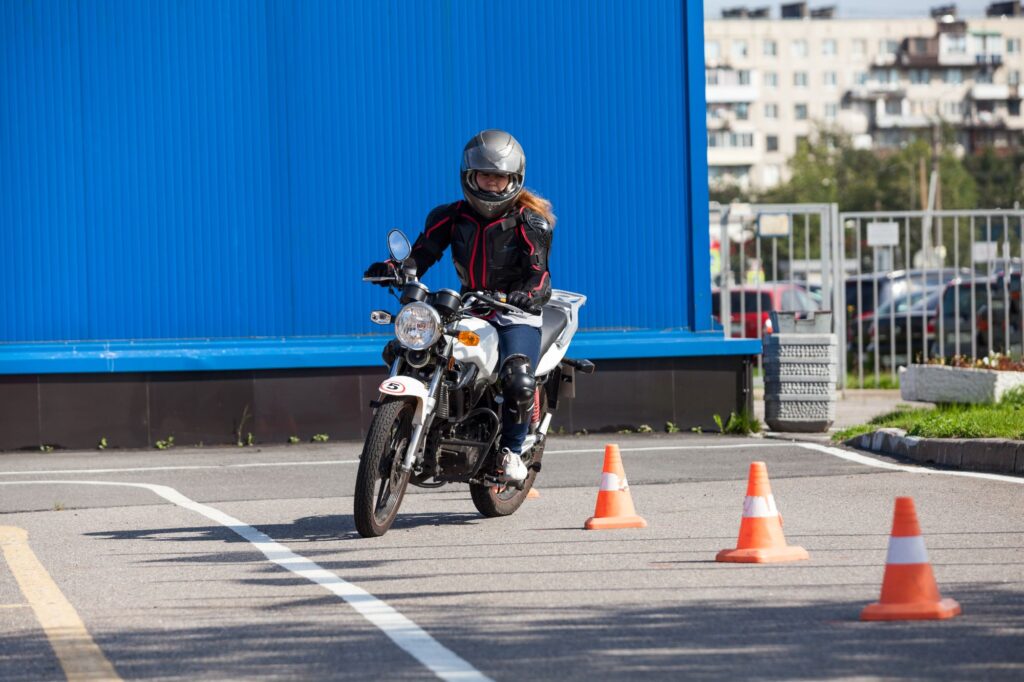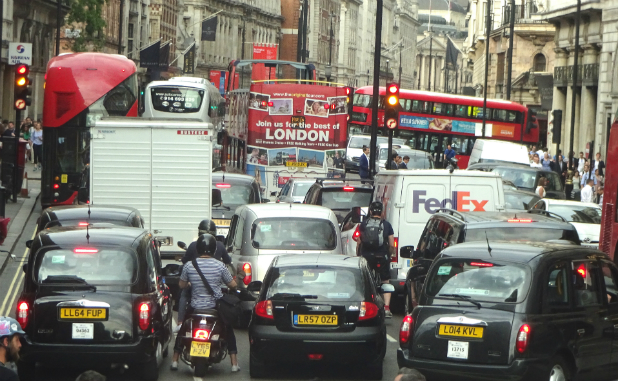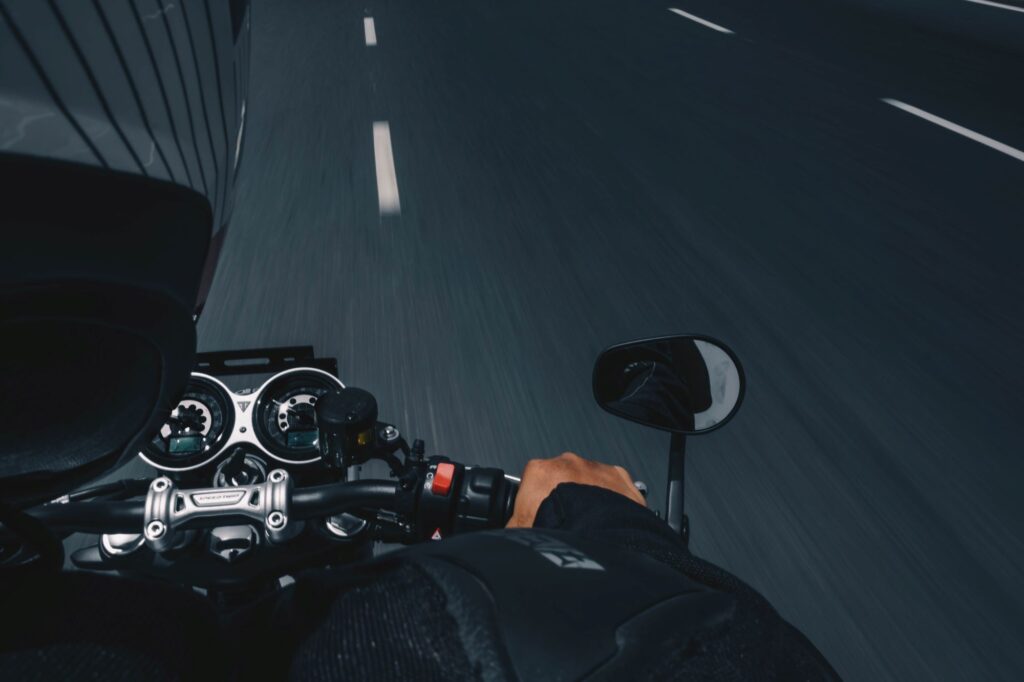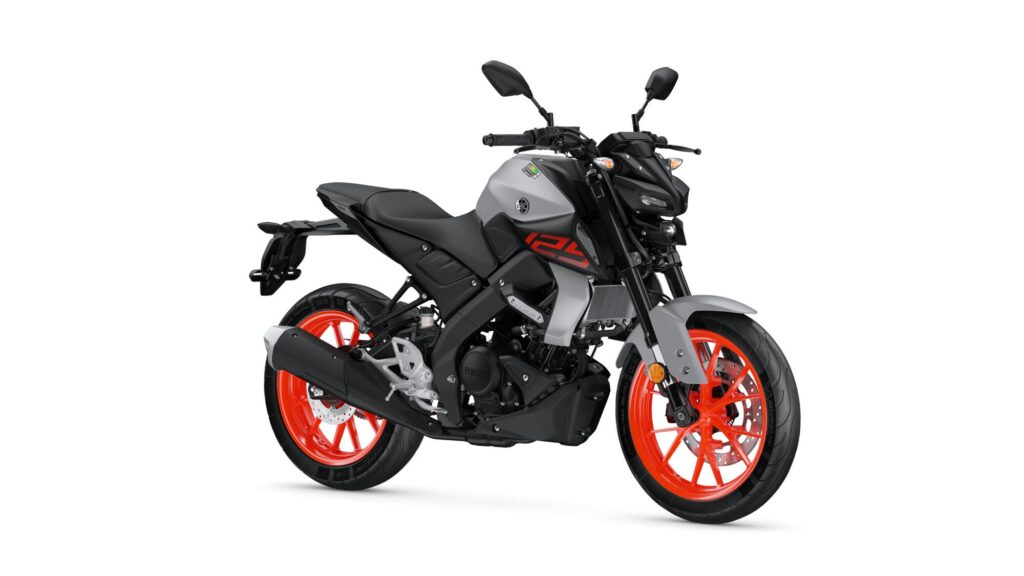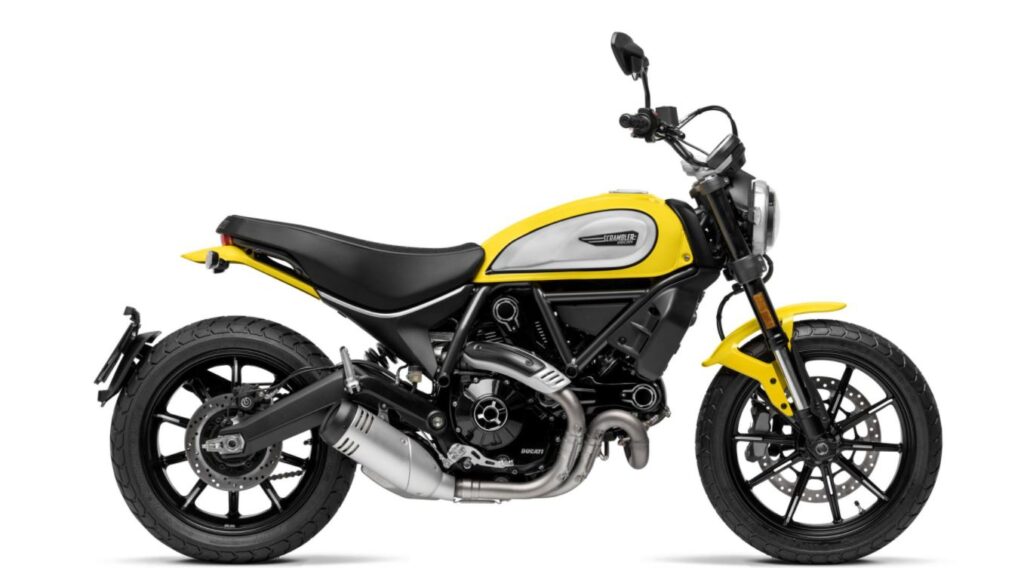Remember the days when wearing a helmet while riding a motorcycle was optional?
Donning a lid only became compulsory on the road in 1973, but helmets had been used in racing as early as the 1914 Isle of Man TT.
Here, Bikesure takes a look at the evolution of the motorcycle helmet, from early pudding bowls to the latest hi-tech offerings.
Early 1900s: Straight Outta Competition
A Racing Start
Picture the scene: It’s the beginning of the sport of motorcycle racing. Guys are flying around makeshift dirt tracks, purpose built facilities like Brooklands or simple road racing circuits – with nothing more than leather caps to keep their hair out of their face.
Things start to change. The medical officer at Brooklands – the multi talented Dr. Eric Gardner – creates a basic helmet which is worn by the riders of the 1914 Isle of Man TT. The race medics note that the usually high level of concussions has been reduced to zero.
Slowly some form of helmet becomes commonplace in motorbike racing. In America racers are even using old football helmets. Not so on the roads.
The Death of a Hero
On an English country lane in May 1935, war hero T. E. Lawrence (aka Lawrence of Arabia) comes off his Brough Superior. He is only wearing goggles and suffers serious head injuries. Despite the attentions of expert neurosurgeon Dr. Hugh Cairns he dies six days later.
Cairns is sure the desert hero’s death could have been prevented if Lawrence had been wearing a helmet. He becomes a major voice in the call for compulsory helmets for all riders.
Six years later with pressure from Cairns – and after a week in which it loses two of its own dispatch riders – the British Army issues an order making it compulsory for their dispatch riders to wear a helmet.

They duly don a version of what becomes known as the ‘Pudding Bowl’. A helmet that retains its popularity through the 1950s and into the early 60s, being popular on both side of the mod/rocker Lambretta/Triumph divide.
Spec: Fibreglass shell, leather interior and strap, earflaps. Internal: cork shock shield and cross webbing for ventilation and comfort. No built in eye protection.
Brands: Cromwell, Lewis Leathers, Stadium, and Everoak.
1950s Straight Outta Combat
Across the Pond
Mid 1950s: it’s still not compulsory to wear a lid anywhere in the world (unless you happen to be riding in the British Army) but their use is now well established in all forms of motor sport. Now the ubiquity of the jet fighter motors new leaps forward in tech.
1952: Professor C.F. Lombard of the University of Southern California invents a shock-absorbing helmet to be used by police riders. Around the same time US firm Bell starts looking hard at the new USAF fighter pilot helmet in their bid to design a better crash helmet for motor sport.
Roy Richter – an ex LA Hot-rodder and owner of Bell Autoparts – has his own racing team and sees first hand the serious injuries competitors are enduring in all forms of racing. He sets up a helmet division in a single wooden garage and in 1954 – co-opting the latest military tech – he produces the Bell 500 (named after the Indy 500).

1957: From these early prototypes the Bell 500-TX goes into production and revolutionises the helmet industry. This truly iconic ‘Jet Style’ helmet is worn and popularised by the likes of Steve McQueen and his stuntman and fellow racer mate Bud Ekins.
Specs Covers base of skull and temples, hand laminated fibreglass shell, leather quick release chinstrap. Energy absorbing EPS (expanding polystyrene) liner created by the Toptex co. in LA. ‘Airforce Quality’ is the motto.
1960s Straight Outta Space
The Right Stuff
There are now many players in the helmet field on both sides of the Atlantic -such McHal and Buco. Bell, however, continues to innovate and dominate the field. The space race has seen the development of a whole new breed of helmet engineered for high altitude work and the Astronaut.

1967: Bell once again takes note and keeps ahead of the curve by developing the first full face helmet – The Bell Star. This changes the future of the helmet forever and is worn and popularised by stunt rider Evel Knievel (his favourite helmet is emblazoned with the line ‘Color me lucky’). The ‘Easy Rider’ film shows Peter Fonda wearing the Bell ‘Stars and Stripes’ custom job. The helmet is becoming a fashion accessory.
Specs Rigid Laminate one-piece construction. Nylon covered internal padding. Snap buttons for disposable visor. Unique metalflake designs.
Brands Over 50 companies are manufacturing designs up to the end of the 70s. Famous for their ‘stars n stripes’ versions are: Grant Industry Inc., Fury and DS
1980s & 90s Straight Outta Style
Style Wars
Helmet design and materials don’t change much after the Bell Star full face. It is in fashion, rather than construction, that things move forward (or backward, depending on your taste). Throughout the 1970s the metal flake helmet had been the king of cool but as fashion becomes a little tepid in the 80s this trend wears off and the helmet starts to take its fashion cues from its track heroes.

Limited edition signature models become popular – such as the Kenny Roberts AGV – that set the tone for the main production runs and match the vogue on the road for big sports bikes like Kawasaki’s Ninja.
Spec: Fibreglass carbon fibre mix shell. Integral visor.
Brands: Shoie, Bell
Straight Outta Now
Millennial Commuters
The last decade has seen a re-ignition of interest in vintage helmets. New biker tribes have appeared on the scene looking to carve out an identity. Café racer culture has created a resurgence in the ‘jet style’ and British firms like Davida and Parisian atelier Ruby are producing beautiful replicas of those original icons.
The motorbike has also become more than just a weekend hobby. For many it’s the ride to work, especially in big cities like London where it beats the gridlock and the penury of congestion charges.

The popularity of motorcycling as a practical commuter option has helped motor a rise in the demand for practical and stylish helmets. Enter ‘The Modular’. Allowing a mix of full or open face settings these helmets combine comfort, practicality, durability and ultimately safety for the modern rider.
Spec: Fibreglass Shell, removable-washable interior, adjustable cheek pads, anti scratch-anti fog visor, adjustable front vents.
Brands: Roof, Scorpion, Shark, and Bell.
What Next?
Once again the newest thing in Lidland is being driven by military tech. The new heads up displays (HUD) have turned the motorcycle helmet into something from a sci-fi movie or video game.
Leaders in the supertech race for HUD are BMW and Skully Systems but these helmets are still difficult to get hold of in the UK.
These cutting edge lids are mainly focused on internal innovations in HUD software and screen design, generally within a standard helmet structure little changed from the Bell Star.
For a totally different and unique approach and a radical change in direction watch out for the this prototype helmet from Del Rosario. Re-engineered from the ground up with the rider front and centre of the process, could these guys be the next revolution in the evolution of the humble skidlid?

